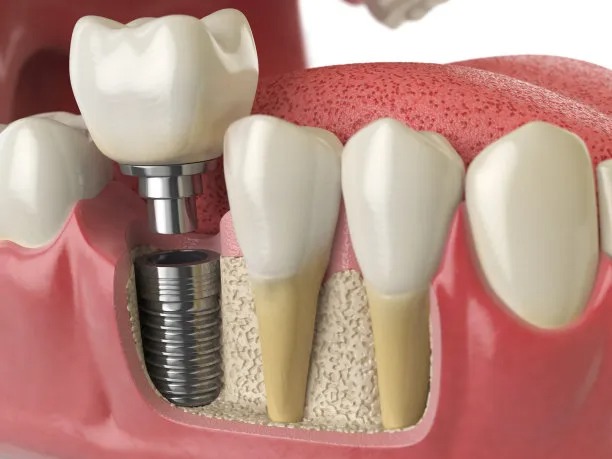Essential Precautions to Ensure a Safe and Effective Root Canal Treatment Journey for Patients and Dentists
Summary: Root canal treatment is a common dental procedure aimed at saving infected or decayed teeth. However, both patients and dentists must implement essential precautions to ensure a safe and effective journey through this process. This article outlines key areas to focus on, including thorough patient assessment, the importance of proper sterilization techniques, effective communication between patients and dentists, and post-treatment care strategies. By carefully addressing each of these aspects, the likelihood of a successful root canal treatment can be significantly improved, ensuring both patient comfort and professional satisfaction.
1. Thorough Patient Assessment is Crucial

A thorough assessment is fundamental to laying a solid foundation for root canal treatment. Dentists should begin with a comprehensive medical history to understand any pre-existing conditions that may complicate the procedure. Conditions such as diabetes, heart disease, or immune disorders could affect healing times and overall success, making it vital for the dentist to be informed.
Moreover, conducting a careful dental examination is equally important. This examination involves assessing the specific tooth needing treatment using diagnostic imaging such as X-rays. Understanding the extent of decay or infection is essential in forming a treatment plan that best addresses the patients needs.
Finally, proper patient education is vital during this assessment phase. Dentists should inform patients about the procedures steps, potential risks, and benefits involved. When patients have realistic expectations, it alleviates anxiety and fosters a sense of trust between the dentist and the patient.
2. Importance of Proper Sterilization Techniques
The significance of proper sterilization cannot be overstated in the realm of dentistry, particularly during root canal procedures. Ensuring that all instruments and tools are sterilized minimizes the risk of infection, which can lead to serious complications post-treatment. Dentists should adhere to OSHA (Occupational Safety and Health Administration) guidelines for disinfection protocols meticulously.
In addition to sterilizing instruments, the dental environment should also be appropriately prepared. This includes using barriers on surfaces, maintaining clean workspaces, and following proper waste disposal procedures. When a dental office practices optimal hygiene, it establishes an environment that prioritizes safety for both patients and dental professionals.
Regular training on sterilization methods should also be provided to the entire dental staff. Keeping abreast of the latest protocols ensures consistent application of safety measures, enhancing the practices overall efficacy in preventing infections during and after root canal treatment.
3. Effective Communication Between Patients and Dentists
Effective communication plays a vital role in the success of root canal treatments. Dentists should proactively engage with their patients, encouraging an open dialogue about the patients experience and concerns. This two-way communication fosters a caring environment where patients feel comfortable expressing their anxieties.
Additionally, educating patients about pain management options and what to expect during the treatment will also build trust and promote patient compliance. Clarifying that some discomfort may occur while reinforcing pain relief options can prepare patients for the procedure ahead, ultimately leading to a more positive experience.
Moreover, post-treatment instructions should be communicated clearly. Dentists must ensure that patients leave with a thorough understanding of aftercare, including what symptoms to monitor for and how to manage any discomfort. A well-informed patient is more likely to follow care instructions, leading to better outcomes.
4. Post-Treatment Care Strategies
Aftercare is a pivotal aspect that can significantly influence the success of root canal treatment. Patients should receive detailed post-treatment instructions, including pain management options and dietary restrictions. It’s essential to encourage patients to manage discomfort with over-the-counter medications if needed, as directed by the dentist.
Regular follow-up appointments should be scheduled to assess the healing process. During these visits, dentists can evaluate the treated tooth and identify any potential issues early on. Early detection can prevent more severe complications and ensure the long-term success of the treatment.
In addition, patients must be encouraged to maintain good oral hygiene after the procedure. Regular brushing, flossing, and routine dental checkups can help sustain the health of the treated tooth and the surrounding gums, minimizing the risk of future dental issues.
Summary:
In conclusion, ensuring a safe and effective root canal treatment requires commitment from both patients and dentists. Thorough assessments, rigorous sterilization techniques, effective communication, and dedicated post-treatment care form the cornerstones of a successful procedure. By adhering to these essential precautions, the chances of a favorable outcome increase significantly, promoting dental health and patient satisfaction.
This article is compiled by Vickong Dental and the content is for reference only.



